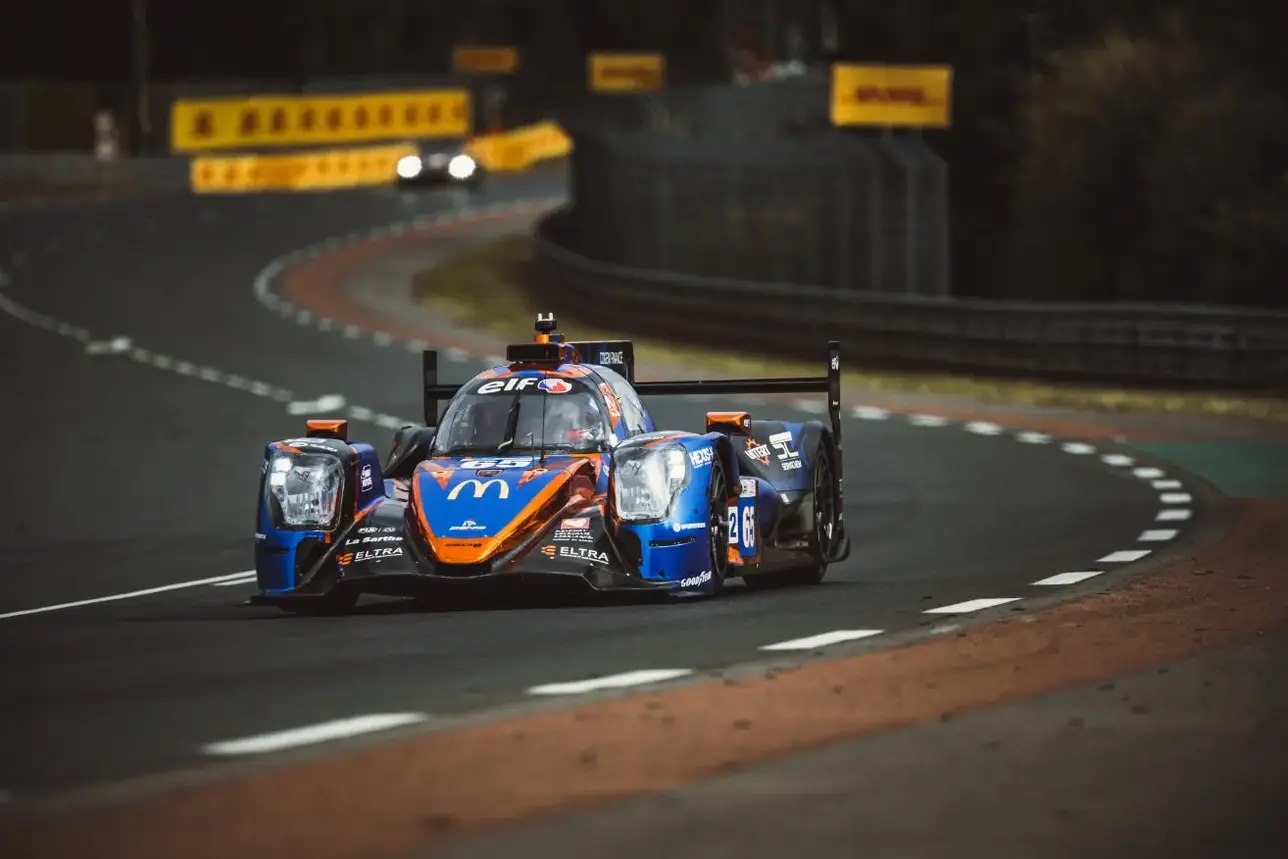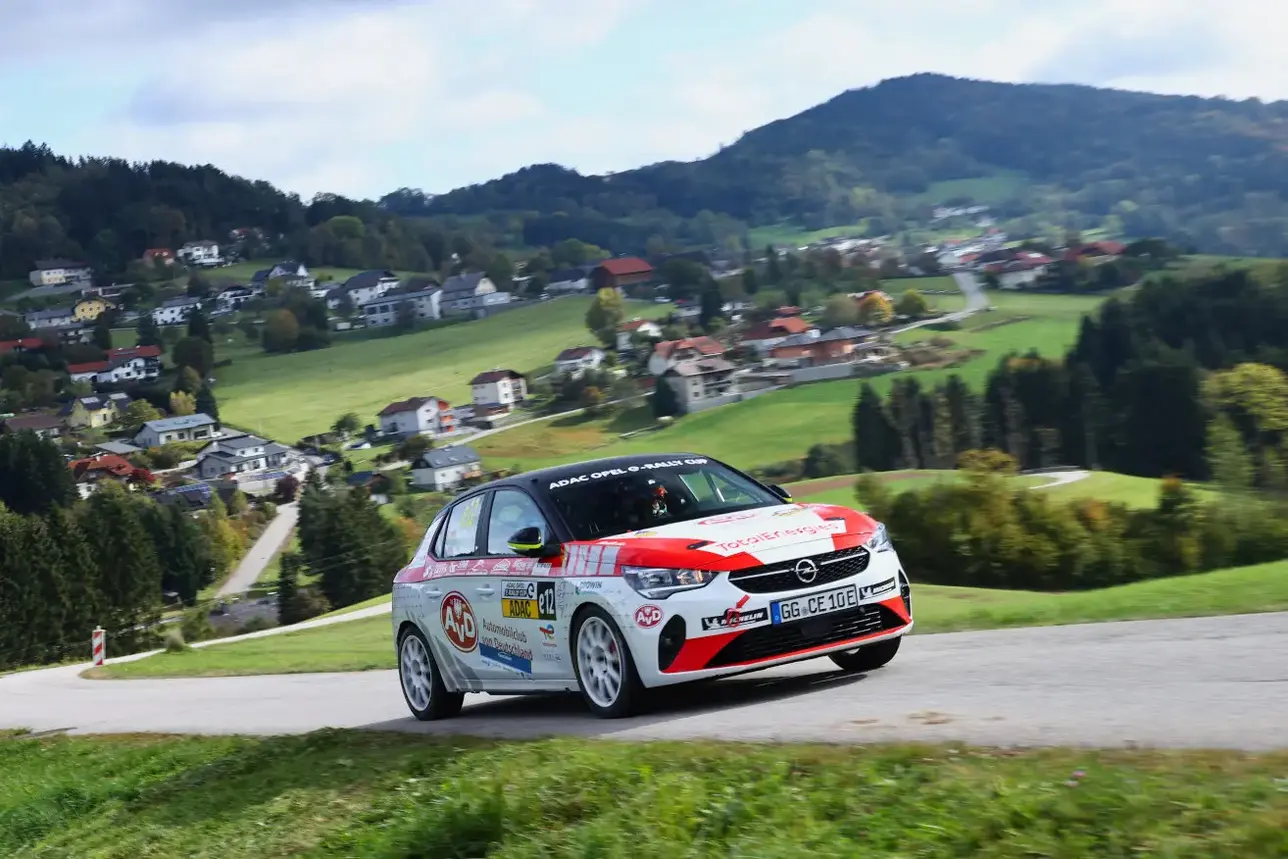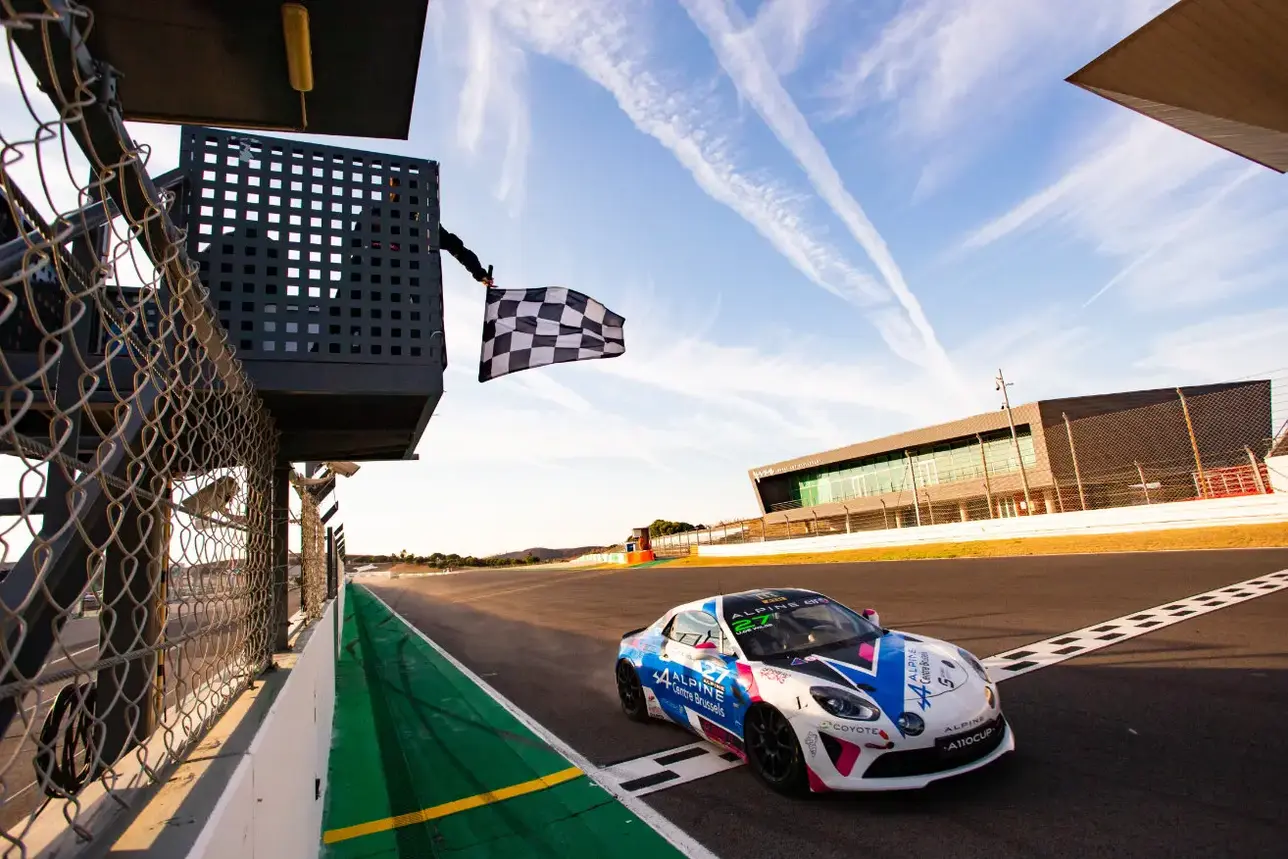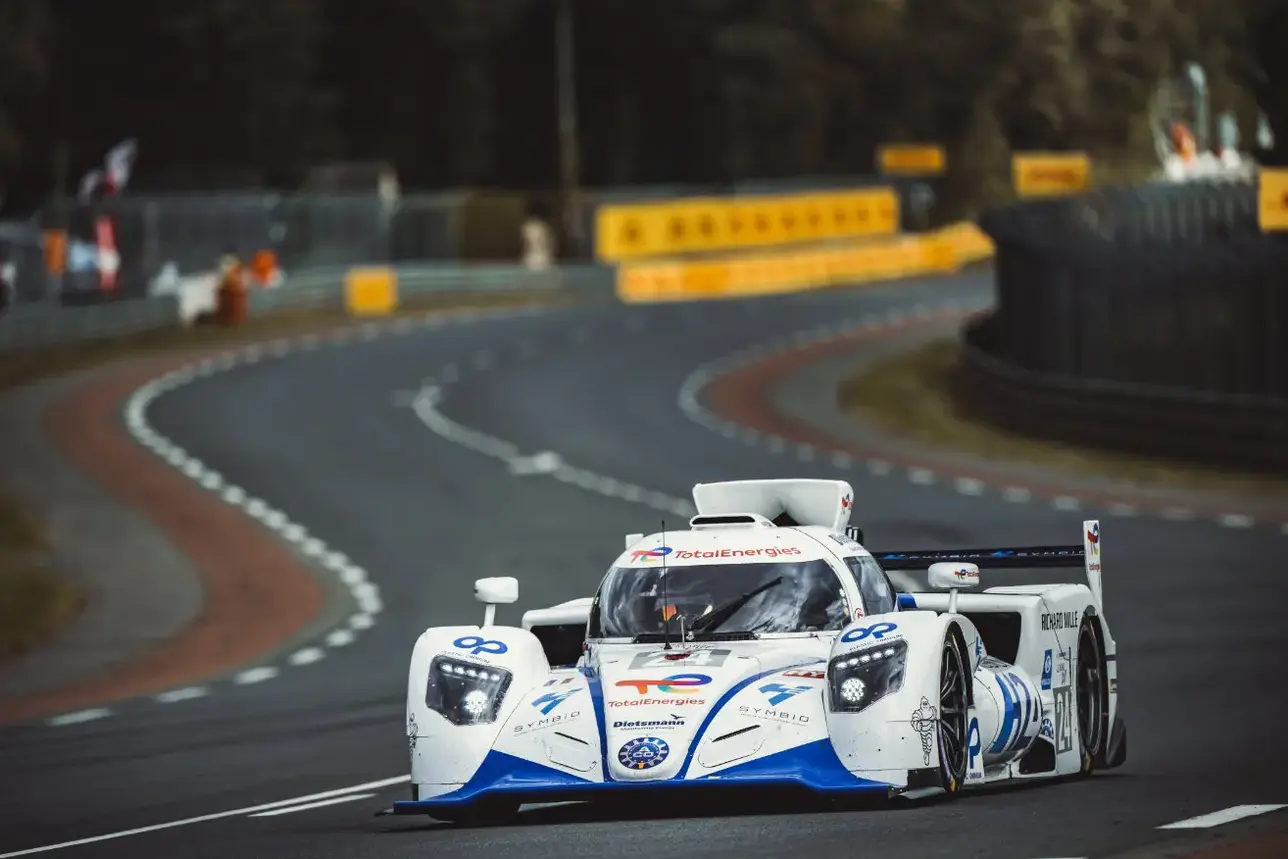
Formula E rules
Launched in September 2014 by Formula E Holdings and the FIA, the ABB FIA Formula E World Championship’s primary objective is to promote the use of zero-emission vehicles in city centres by staging races – known as "E-Prix" – that are held for the most part on temporary street circuits. Beijing, Hong-Kong, Buenos Aires, Montreal, Paris, Jeddah, Monaco, London, Rome, New York, Miami, Le Cap, Berlin, Sao Paulo, Tokyo, Shanghai and Jakarta are amongst the major cities that have already hosted the series or that will shortly host the series.
GEN3 EVO and “Pit Boost”

After GEN1 and GEN2, the 2022-2023 season saw the introduction of a brand new race car, the all-electric GEN3 Evo, in the FIA Formula E World Championship. Faster, lighter and more agile, the electric single-seater was completely redesigned for street racing.
Each manufacturer has a degree of latitude as regards the electric powertrain. As well as being more powerful (350kW instead of 250), the GEN3 Evo boasts double the energy regeneration capacity of its predecessor (600kW compared to 250 on the GEN2) thanks to the addition of a new front powertrain.
For the 2024-2025 season, thanks to the electric powertrain kit on the front axle, the GEN3 EVO becomes the first all-wheel drive single-seater and boasts 30% faster acceleration than a Formula 1 race car! Going from 0 to 60mph in just 1.86s, making it the fastest accelerating single-seater race car in world motorsport. The more powerful GEN3 EVO also boasts improved performance and efficiency, greater aerodynamics with an aggressive new body kit and optimised Hankook iON tyres.
Season 11 also sees the introduction of pit stops, starting at the Jeddah E-Prix and during double-header weekends. During this mandatory 30-second pit stop, known as Pit Boost, one of each team’s two race cars is given a 10% energy increase. Fast charging technology continues to develop in Formula E.
Each E-Prix is held over a day and a half with two 40-minute free practice sessions, followed by qualifying where the drivers are initially split into two groups of 11. The top four in each group qualify for the knock-out phase, contesting 15-minute duels in quarter-finals, semi-finals and the final to determine pole position.
The length of the races is set in laps (approximately an hour of racing in total) with laps added at the end of the race to make up for any Safety Car or Full Course Yellow periods.
On-track action
The cars’ maximum power output of 350kW (470hp) and all-wheel drive is now available during the qualifying duels, in “Attack Mode” and at the start of the races. During races, drivers are required to run two different modes, namely 'Normal' mode (capped at 300kW) and 'Attack' mode (350kW + 4WD). The latter is to be activated when passing through bespoke zones, the number and length of which depend on the configuration of each circuit. Maximum energy recovery now stands at 600kW.
Finally, the points system is unchanged, with 25 points awarded to the winner, 18 points for second place, 15 points for third place, then 12, 10, 8, 6, 4, 2 and 1 points for the other top-10 finishers. The driver starting at the front (Julius Baer Pole Position) picks up an extra three points. During the race, the driver who completes the Fastest Lap also receives one additional point. However, the driver must finish in the top-10 places to gain the Fastest Lap extra point. If not, then the driver in the top-10 with the next fastest lap takes the honour.
In addition to the Drivers’ and Teams’ world titles, a Manufacturers’ title will also be up for grabs in the 2024-2025 ABB FIA Formula E World Championship.
Number of entries
- 22 drivers from 10 different nationalities:
- Brazil
- France
- Great-Britain
- Germany
- Belgium
- Portugal
- New-Zealand
- Netherlands
- Switzerland
- Barbados
Top of the bill
- Stoffel Vandoorne
- Jean-Éric Vergne
- Nyck De Vries
- Sébastien Buemi
- Lucas di Grassi
- Mitch Evans
- Nick Cassidy
- Sam Bird
- Pascal Wherlein
- Antonio Felix Da Costa
- Nico Müller
The manufacturers
- DS Automobiles
- Maserati
- Jaguar
- Nissan
- Porsche
- Mahindra
- Lola-Yamaha
- Mc Laren
- Cupra
Updated in April 2025
To go further

ELMS

Opel e-Rally Cup

Alpine ELF Europa Cup
